Imagine if the Earth were a giant kitchen! Instead of stoves, it has volcanoes. These amazing geological wonders come in all shapes and sizes, each with its own unique way of erupting. From towering stratovolcanoes that reach for the sky to tiny cinder cones that look like molehills, volcanoes are a diverse and fascinating part of our planet. In this guide, we’ll take you on a journey into the world of volcanoes, exploring their different types, how they form, and the hazards they can pose. Get ready to uncover the secrets of Earth’s geological wonders!
Discover the Intriguing World of Volcanoes
Volcanoes, with their eruptive might and captivating shapes, have always fascinated us. As a passionate geologist, I’m eager to unravel the secrets of these diverse formations.
Cinder Cones: The Little Poppers
Picture an ice cream cone turned upside down, and you’ve got a cinder cone. These modest volcanoes spew out tiny bits of lava called cinders, building up those classic cone shapes. They’re usually not very tall, just a few hundred feet.
Composite Volcanoes: The Majestic Peaks
These grand structures, also known as stratovolcanoes, are like the majestic towers of the volcanic world. They’re built from layers of lava and ash, with steep sides and a symmetrical look. Think Mount Fuji in Japan or Mount Rainier in the US.
Shield Volcanoes: The Gentle Giants
Shield volcanoes are the massive, sloping hills of the volcanic family. They’re made from runny lava that flows for miles, creating broad, smooth profiles. They may erupt a lot, but don’t worry, their lava isn’t as explosive, so they’re usually not as dangerous. Hawaii is dotted with some of these colossal shield volcanoes.
Lava Domes: The Slow-Motion Wonders
Lava domes are like the elegant ladies of the volcano bunch. They form when thicker lava builds up near the opening, creating rounded domes without any fancy eruptions. They just ooze and pile, giving us these pretty dome shapes.
Volcanoes Galore
There’s more to volcanoes than just these main types. We’ve got huge calderas, giant craters that can form after a massive eruption, and even volcanoes that hide under the sea. The variety is simply mind-boggling!
So, when you hear the word “volcano,” think beyond the classic cone. It’s a whole world of wonder, with each type adding its own unique twist to the volcanic tapestry.
Get to know the most famous volcanoes and explore their grandeur. Dive into the depths of volcanic hazards and risks, understanding the potential dangers and how to stay safe. Journey through the annals of time to discover famous volcanic eruptions in history, witnessing the awe-inspiring power of nature. Unravel the intricate relationship between volcanoes and climate change, uncovering their impact on our planet. Embark on a thrilling adventure with volcano tourism and safety, experiencing the wonders of these natural giants while prioritizing your well-being. Explore the captivating beauty of volcanic islands and archipelagos, marveling at their unique landscapes. Delve into the fascinating world of volcanic rocks and minerals, discovering their captivating forms and compositions. Harness the power of geothermal energy from volcanoes, witnessing the innovative ways we utilize their energy. Expand your knowledge beyond Earth with volcanoes on other planets, exploring the volcanic wonders of our cosmic neighbors. Stay informed with volcano monitoring and prediction techniques, gaining insights into the science behind understanding and predicting volcanic activity.
How does the viscosity of lava affect the shape and eruptive style of a volcano?
Imagine two different volcanoes: one resembling a steep mountain peak, the other a broad, gently sloping hill. The striking contrast between their appearances stems from the viscosity, or thickness, of the lava they erupt.
Viscosity: The Hidden Force
Viscosity measures how easily a fluid can flow. In the case of lava, it depends on the chemical composition, temperature, and presence of crystals within it.
High Viscosity, Towering Volcanoes
When lava is viscous, it’s like thick pancake batter. It flows sluggishly and tends to pile up around the volcanic vent, creating tall, narrow cones known as stratovolcanoes. These volcanoes have steep sides because the lava doesn’t spread out very far.
Low Viscosity, Gentle Volcanoes
In contrast, lava with low viscosity flows like melted chocolate. It spreads out effortlessly, forming wide, flat volcanoes called shield volcanoes. Imagine the Hawaiian Islands, which were created by low-viscosity lava flows that spread out over a vast area.
The Eruption Connection
Viscosity influences not only the shape of volcanoes but also their eruption style. Highly viscous lava traps gases within it, leading to explosive eruptions that resemble opening a shaken soda can.
On the other hand, low-viscosity lava erupts smoothly and quietly, like honey dripping from a spoon. These so-called “effusive” eruptions create gentle slopes and don’t pose the same explosive threat.
Key Points:
- Viscosity: The thickness of lava, which affects its flowability.
- High Viscosity: Leads to steep-sided stratovolcanoes and explosive eruptions.
- Low Viscosity: Creates gently sloping shield volcanoes and effusive eruptions.
Additional Insights:
- Lava composition also plays a role in viscosity. Magmas with high amounts of silica, like granite, are more viscous than those with lower silica content, like basalt.
- The temperature of the lava can also affect its viscosity. Higher temperatures lower the viscosity, making lava flow more easily.
- The presence of crystals can increase the viscosity of lava by creating obstacles to flow.
Understanding the viscosity of lava helps us appreciate the diversity of volcanic landscapes and the complex processes that shape our planet.
What are some of the most famous volcanoes in the world and what type of volcanoes are they?
Here are some of the most famous volcanoes in the world and the types they belong to:
Iconic Volcanic Wonders
- Mount Vesuvius, Italy
- Type: Stratovolcano
- Known for its infamous eruption in 79 AD, burying the Roman city of Pompeii in ash and lava.
- Mount Fuji, Japan
- Type: Stratovolcano
- Famous for its iconic, symmetrical cone that has been a source of inspiration for artists and poets throughout history.
- Mount St. Helens, USA
- Type: Stratovolcano
- Gained notoriety for its explosive eruption in 1980, leaving a vast, barren landscape in its wake.
- Yellowstone Caldera, USA
- Type: Supervolcano
- A massive volcano with the potential for catastrophic eruptions that could impact a vast region.
- Kīlauea, Hawaii, USA
- Type: Shield Volcano
- Known for its ongoing eruptions since 1983, continuously reshaping the Hawaiian landscape.
Volcanic Types
- Stratovolcanoes: Tall, cone-shaped volcanoes formed from layers of lava and ash.
- Shield Volcanoes: Wide, gently sloping volcanoes with a low profile, created by fluid lava flows.
- Supervolcanoes: Extremely large volcanoes that can erupt with tremendous force, potentially affecting vast areas.
These famous volcanoes have captured the world’s attention, inspiring awe and wonder. Their eruptions have influenced history, shaped landscapes, and contributed to our understanding of Earth’s geological processes.
What are the potential hazards associated with different types of volcanoes?
Imagine being in the path of a volcanic eruption. It’s a frightening scenario, right? Different volcanoes have different ways of unleashing their fury, and each comes with its own set of risks. Let’s dive into the possible dangers associated with different volcanic eruptions.
Direct Hazards
Picture a river of fire flowing towards you. That’s a lava flow! It’s like a molten highway of destruction, wiping out everything in its way.
Now, imagine a fiery cloud racing towards you like a monster truck. That’s a pyroclastic flow! A mix of hot gases, ash, and rocks, it can reach speeds of a Formula One car and leave a trail of devastation.
But it’s not just fire and clouds that pose a threat. A lahar is like a giant mudslide, carrying volcanic debris and water with it. It can roar through towns and villages, leaving a path of destruction in its wake.
Indirect Hazards
Even when you’re not directly in the path of an eruption, there are other dangers to watch out for.
Tephra, that’s volcanic ash, can be like a sandstorm. It can clog your lungs, ruin crops, and contaminate water.
Volcanic gases, like sulfur dioxide, can make it hard to breathe, causing coughing and irritation. In severe cases, they can even be fatal.
And then there’s tsunamis. These giant waves can be triggered by volcanic eruptions, traveling across oceans and slamming into coastlines, causing widespread damage.
Key Takeaways
Volcanoes can pose serious risks, whether you’re close or far. The type of volcano, what it’s made of, and how it erupts all influence the hazards it brings.
Direct hazards like lava flows, pyroclastic flows, and lahars can destroy everything in their path. Indirect hazards like tephra, volcanic gases, and tsunamis can harm people, property, and the environment over a wider area.
When a volcano erupts, it’s crucial to take precautions and follow instructions from local authorities. By understanding the potential hazards, we can better prepare for and mitigate the risks associated with these powerful forces of nature.
FAQ
Q1: What are the different types of volcanoes?
A1: Volcanoes can be classified into four main types based on their size, shape, and composition: cinder cones, composite volcanoes, shield volcanoes, and lava domes.
Q2: How are volcanoes formed?
A2: Volcanoes are formed when magma, or molten rock, rises from the Earth’s mantle and erupts onto the surface.
Q3: What are the different types of volcanic hazards?
A3: Volcanic hazards can be classified into two categories: direct and indirect. Direct hazards include lava flows, pyroclastic flows, lahars, and ash falls. Indirect hazards include environmental changes caused by volcanic activity, such as tsunamis and earthquakes.
Q4: What is the most famous volcano in the world?
A4: Mount Vesuvius, located in Italy, is one of the most famous volcanoes in the world. It is known for its catastrophic eruption in 79 AD, which destroyed the Roman cities of Pompeii and Herculaneum.
Q5: How can we protect ourselves from volcanic hazards?
A5: There are several ways to protect ourselves from volcanic hazards, including: monitoring volcanic activity, developing early warning systems, and implementing evacuation plans. It is also important to educate people about the risks associated with volcanoes and how to prepare for potential eruptions.
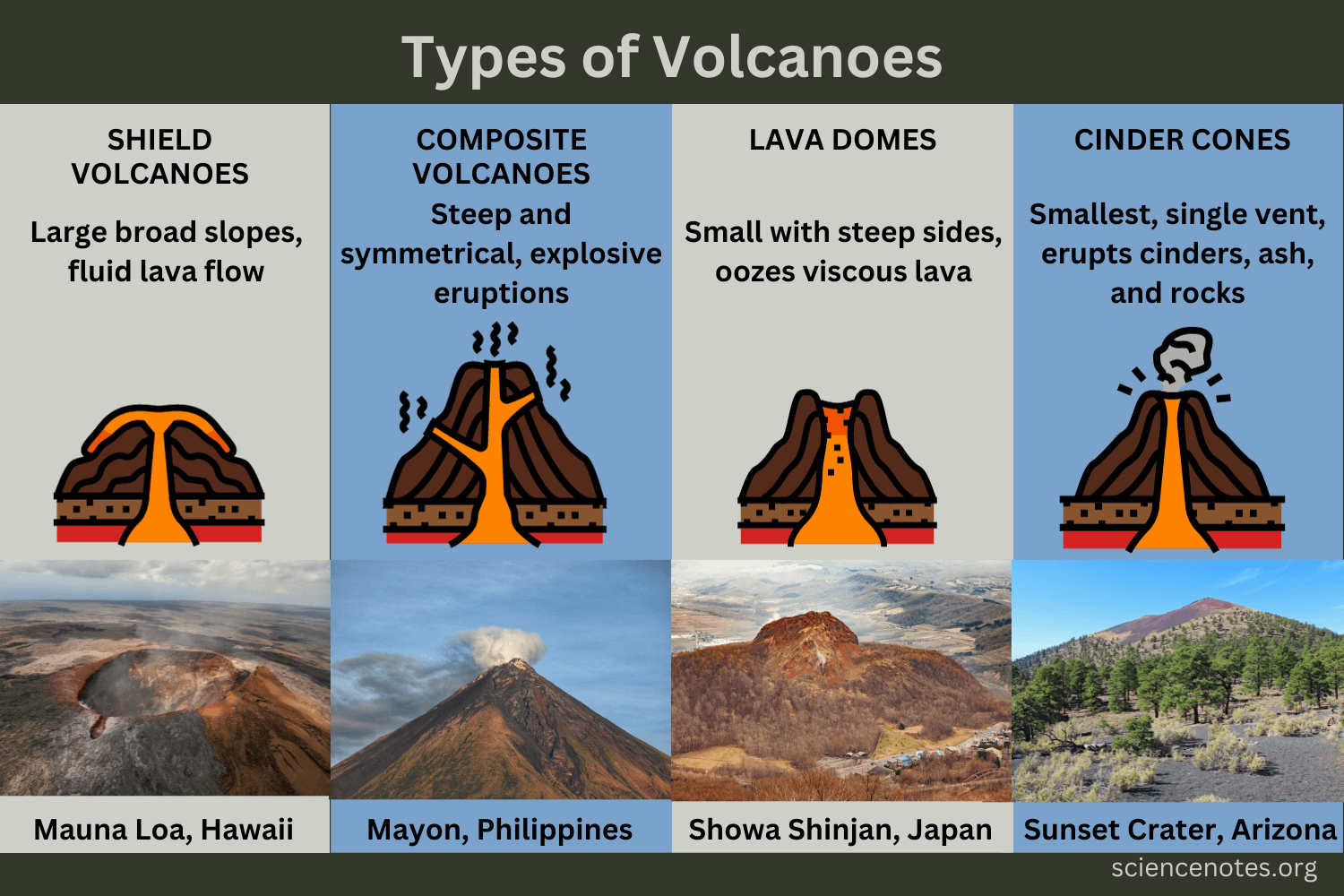
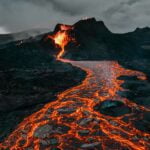
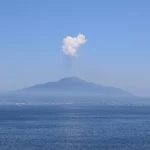
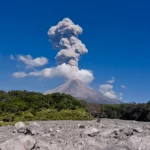
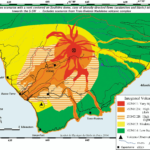
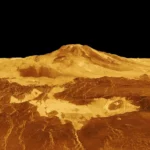
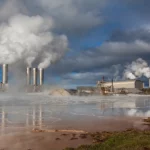









Comments are closed.